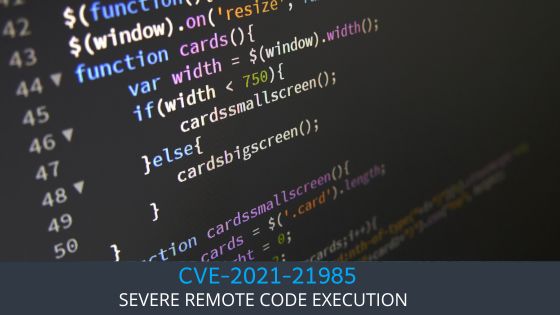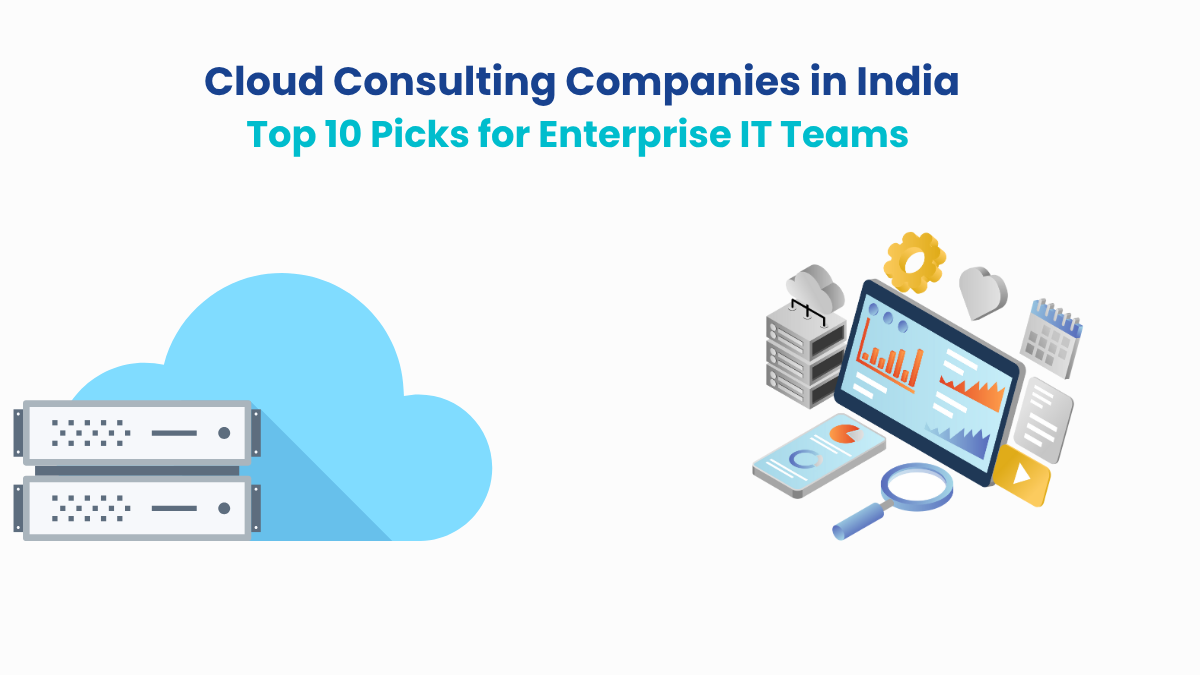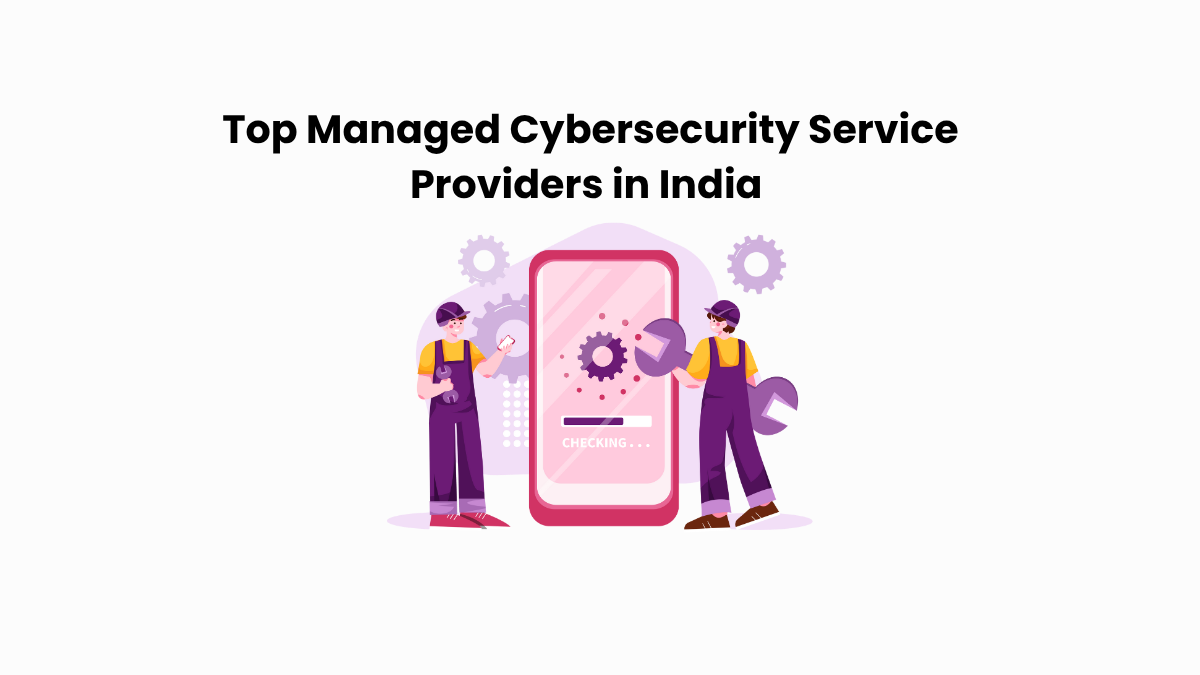A critical security flaw, CVE-2021-21985, has emerged within the vSphere Client (HTML5) that impacts a broad range of VMware vCenter Server installations. This vulnerability is primarily attributed to a lack of input validation in the Virtual SAN Health Check plugin, which is enabled by default. Here, we dissect the vulnerability, explore its consequences, and outline the necessary corrective measures.
Overview of CVE-2021-21985
CVE-2021-21985 poses a severe threat due to its potential to allow remote code execution on the server that hosts vCenter Server through default network access to port 443. The flaw can be exploited to execute commands with unrestricted privileges on the underlying operating system.
Technical Details of CVE-2021-21985
The CVSS 3.x metrics rate this vulnerability with a base score of 9.8, categorized as CRITICAL. This is due to its low attack complexity, no required privileges, and the absence of user interaction for exploitation.
The vulnerability results from improper input validation in the Virtual SAN Health Check plugin within the vSphere Client. This oversight allows the execution of arbitrary commands by unauthorized attackers.
Potential Impact
Exploitation of CVE-2021-21985 can lead to several severe consequences, including:
#1 Unauthorized administrative actions on the vCenter Server.
#2 Complete compromise of all machines managed by the affected vCenter Server.
#3 Potential lateral movement within the network to which the vCenter Server is connected.
Mitigation Strategies
VMware has acknowledged the vulnerability and released patches to rectify the issue. It is critical for users to:
#1 Apply the updates provided by VMware immediately to vulnerable systems.
#2 Regularly check for and install updates to vCenter Server and associated components.
Alternative Actions
If immediate patching is not feasible, consider the following temporary measures to reduce risk:
#1 Restrict network access to vCenter Server through firewalls and VLANs to limit exposure to trusted administrators.
#2 Monitor all access and activities involving vCenter Servers to detect and respond to suspicious behavior promptly.
Best Practices for Infrastructure Security
Ensuring that all software components are up-to-date is vital in protecting against known vulnerabilities.
Implement stringent access controls to limit the number of users and systems that can interact with critical infrastructure components like vCenter Server.
Deploy advanced monitoring tools that can detect and alert on abnormal activities, providing early warnings of potential security incidents.
Conclusion
The discovery of CVE-2021-21985 underscores the critical importance of rigorous input validation within software applications and the prompt application of security patches. By adhering to the recommended mitigation strategies and best practices, organizations can safeguard their infrastructure against this and similar security threats.
For more information on securing your systems and to seek expert cybersecurity assistance, contact Datacipher. Our dedicated team is ready to help you strengthen your defenses and ensure your digital environment remains secure.





